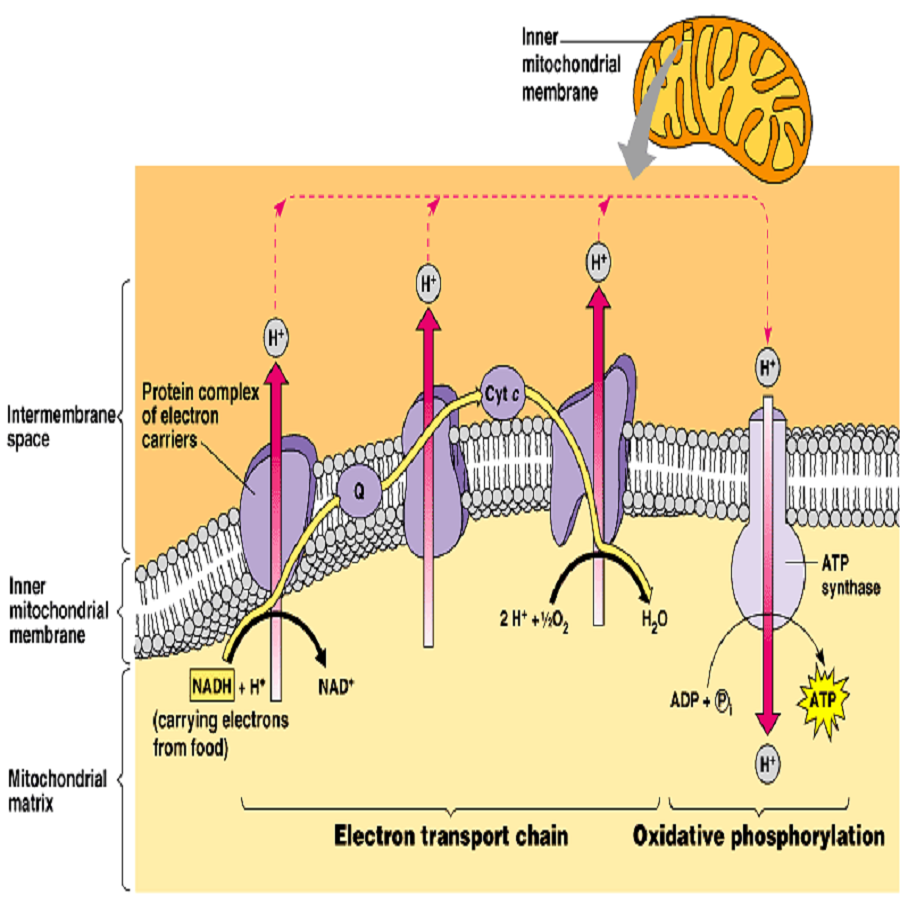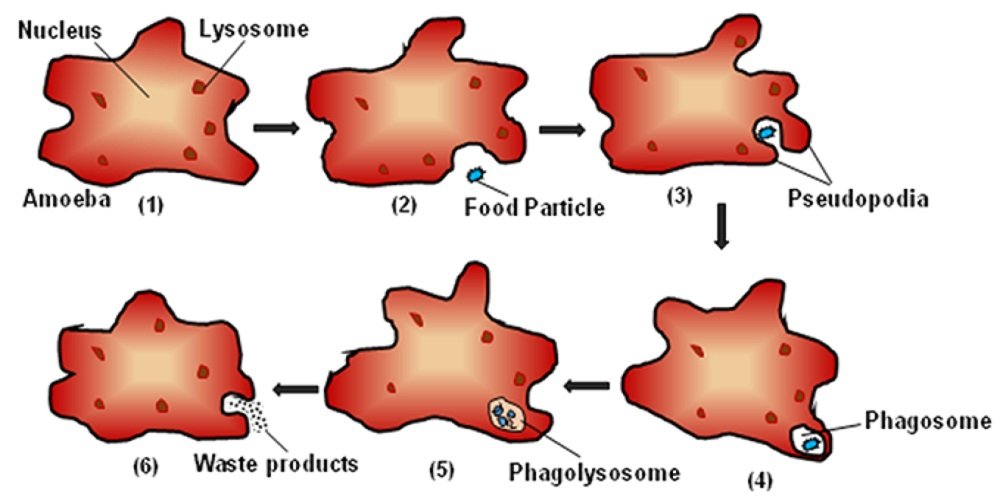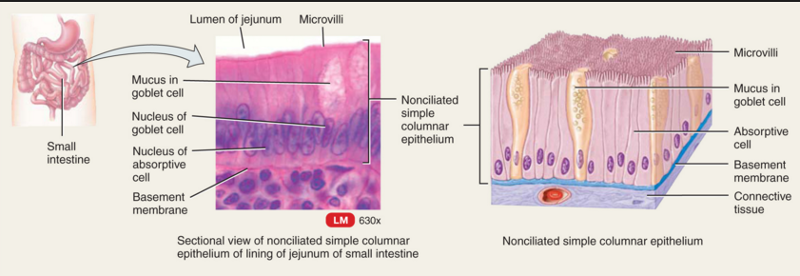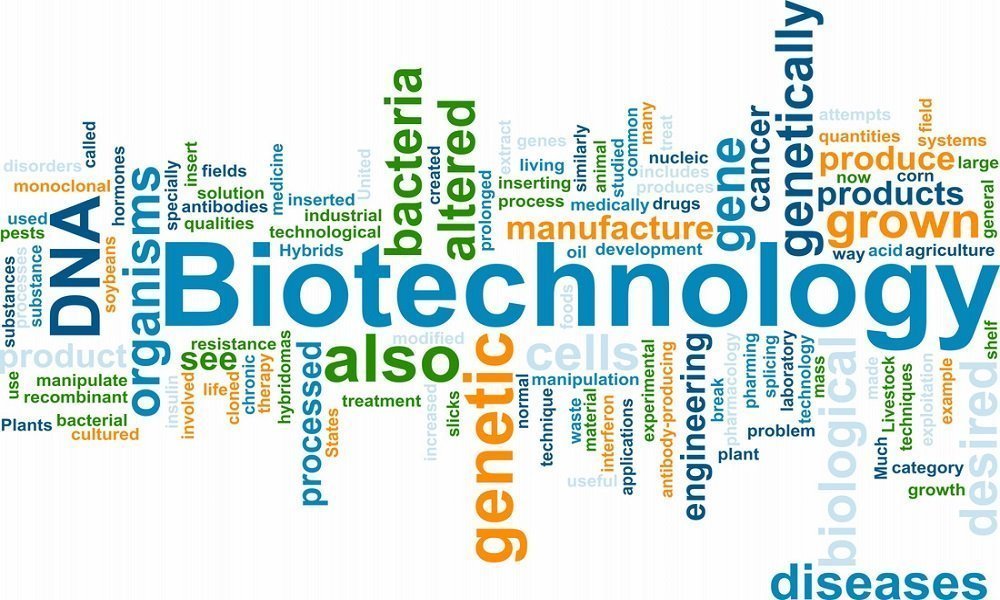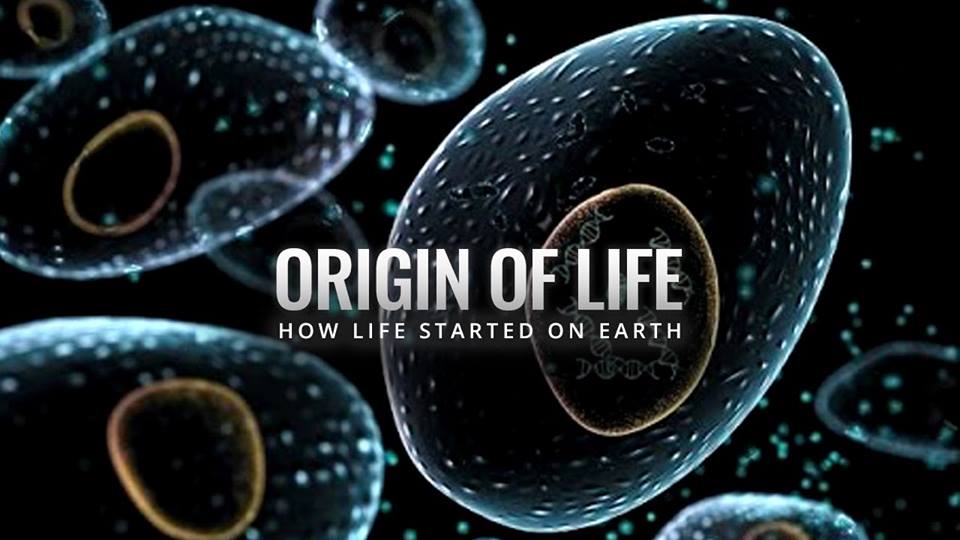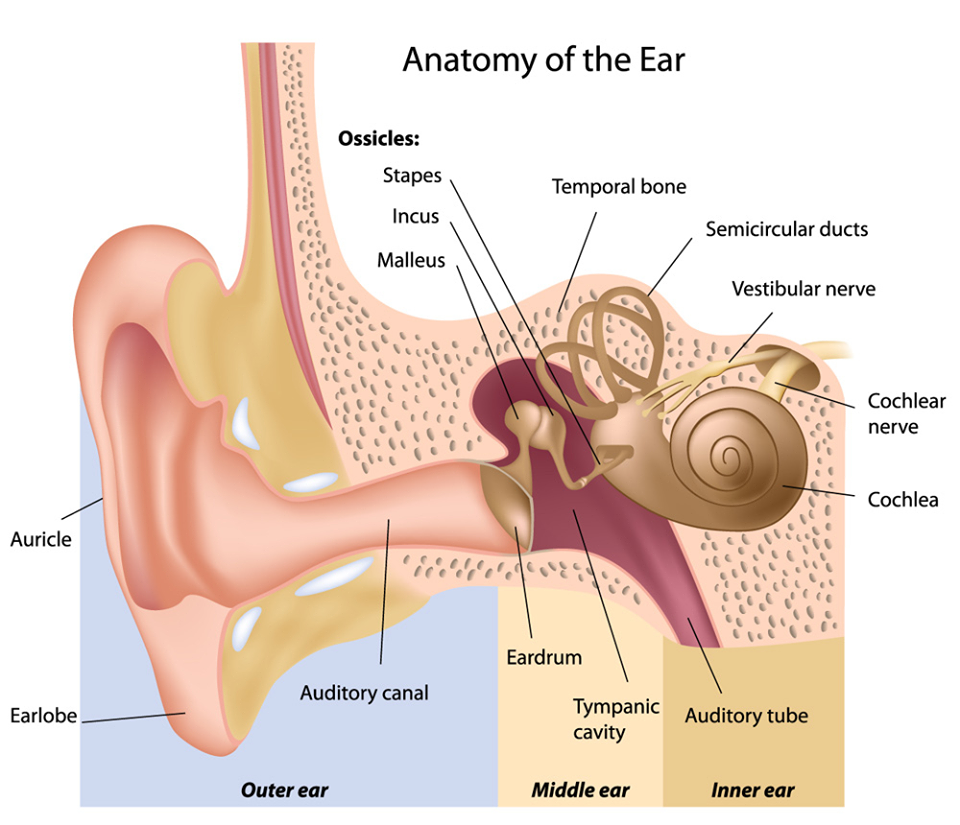Month: May 2018

OXIDATIVE PHOSPHORYLATION, ELECTRON TRANSPORT CHAIN
OXIDATIVE PHOSPHORYLATION It is the main source of energy of our cell. Takes place in Mitochondria. Movement of protons through inner mitochondrial membrane leads to ATP production DEFINITION Oxidative phosphorylation includes the coupling of the oxidation of NADH or FADH2 by the respiratory chain with the synthesis of ATP via gradient of protons across the inner mitochondrial…

DIGESTIVE SYSTEM
DIFFERENT MODE OF DIGESTION IN ORGANISMS The collective processes by which a living organism takes food which are necessary for their growth, maintenance and energy needs is called nutrition. The chemical substances present in the food are called nutrients. It is important to know the different modes of nutrition in all living organisms in order…

Animal Tissue
As mentioned earlier, cells are the smallest units of life. In complex organisms, cells group together with one another based on similar structure and function to form tissues. Tissues provide the numerous functions of organs necessary to maintain biological life. This lab exercise seeks to introduce the various tissues found in the human body and…

BIOTECHNOLOGY
The word biotechnology has come from two words, bios (meaning biology) and technology (meaning technological application). Thus biotechnology is defined as the industrial application of living organisms and their biological processes such as biochemistry, microbiology, and genetic engineering, in order to make best use of the microorganisms for the benefit of mankind. Biotechnology is applied in…

ORIGIN OF LIFE
The earth was formed about five billion years ago. At that time it was extremely hot. The existence of life in any form at that high temperature was not possible. As such, two questions arise pertaining to life: 1. How did life originate on earth? 2. How did primitive organisms evolve into new forms resulting…

ENZYMES
The global life depends on a series of chemical reactions. Most of the chemical reactions proceed too slowly on their own to sustain life. Hence catalysts are required to greatly accelerate the rates of these chemical reactions. In nature enzymes posses the catalytic power to facilitate life processes in essentially all life-forms from viruses to…

EAR ANATOMY
The ear is the organ found in animals which are designed to perceive sounds. Most animals have some sort of ear to perceive sounds, which are actually high-frequency vibrations caused by the movement of objects in the environment. The human ear picks up and interprets high-frequency vibrations of air, while the sound-sensing organs of aquatic…

